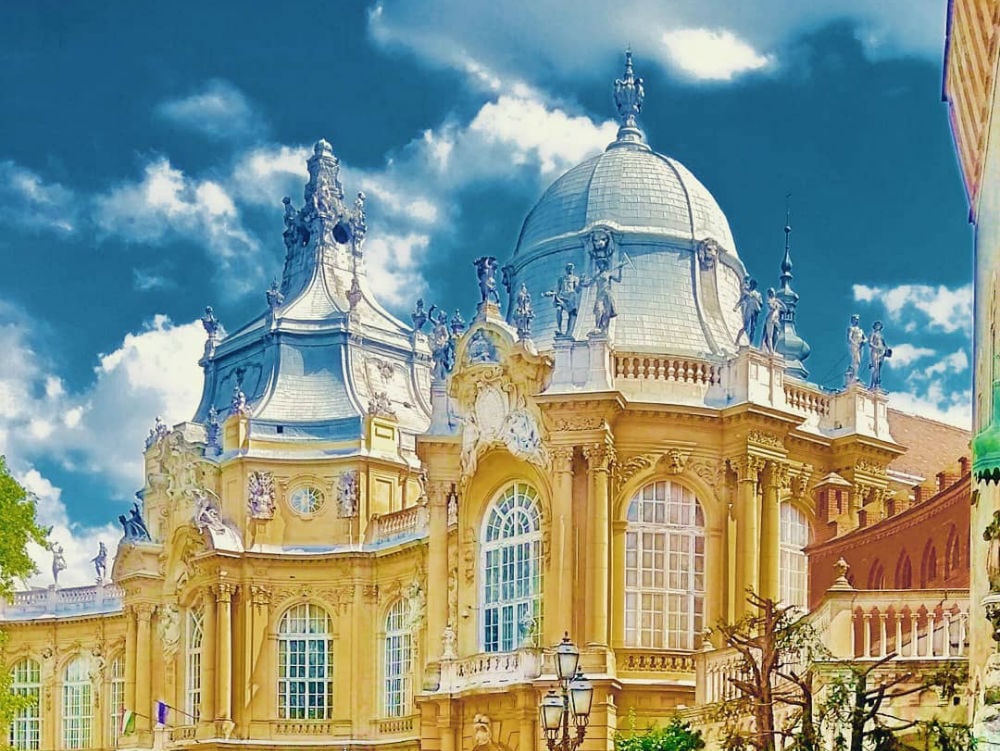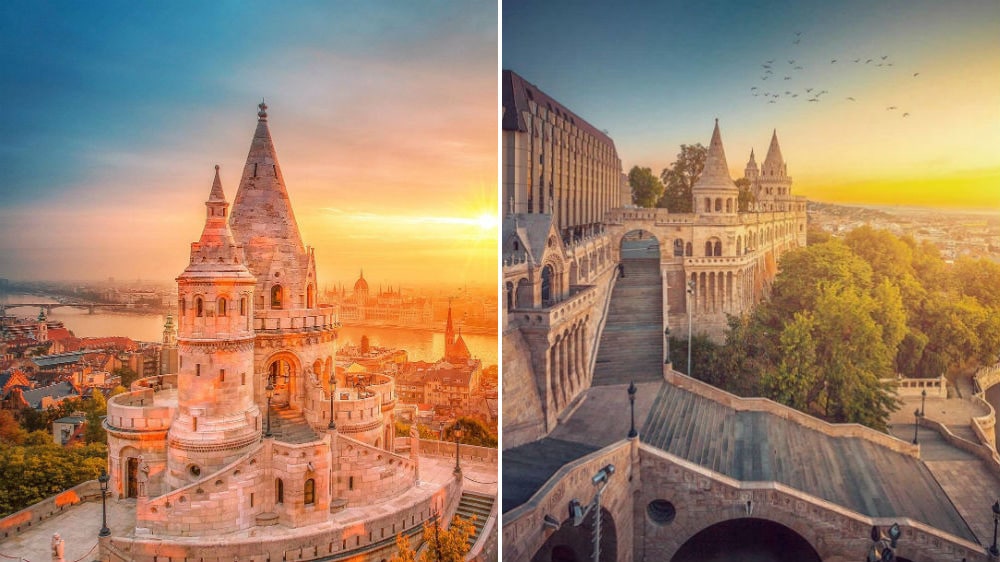If you gathered in Budapest and spent almost the entire budget on the road and hotels – it’s okay. You can get acquainted with the Hungarian capital absolutely free, while visiting museums and excursions – both review and thematic. We tell you how to do it.
Flight+Hotel to Budapest
Excursions

First of all, you can go on a free walking tour to look at the city. A sightseeing three -hour tour with a route of 3.5 kilometers long is held every day at 10:30 and at 14:00. The organizers promise to introduce the history and architecture of Budapest, showing the city as the locals see it. For those who want to see the evening Budapest, there are tours starting at 18:30 – but in time they are two times shorter than daytime (1.5 hours).
You can also go on a “communist walk” – a tour dedicated to life in Hungary during the time of socialism, which takes place daily at 10:00 and 15:30. At the same time, a walking round on the Jewish quarter begins. In addition, at 10 a.m., every day tourists are introduced to street art and urban art. You can see more detailed information on the site (organizations that conduct tours. All excursions are held in English.

Interesting excursions from local residents in Budapest
Museums

Photo: @the_indian_traveler / instagram.com
Almost all Budapest museums work free of charge on national holidays: the Hungarian Revolution Day (March 15), St. Istwan Day (August 20) and the Memorial Day of the Hungarian uprising (October 23).
In addition to these dates, you do not need to pay for the entrance to the ethnographic museum, on January 22, March 5, May 18 and September 20-21. This is one of the largest European museums – it has more than 200 thousand exhibits. On the first Saturday of each month, the free entrance to the Museum of the History of the Trade – the ancient part of the city. On the last Sunday of every month, there is an opportunity to get to the Kishcellli Museum for free – a branch of the Budapest Museum of History. True, this applies only to visitors under 26 years old, as well as one or two adults who accompany children under 18 years of age.
In addition to the mentioned museums, there are many art galleries in Budapest, in which paintings, photographs and sculptures are presented. The entrance to most of them is free. For example, you can visit Várfok Gallery, which specializes in modern Hungarian art, or The Virag Judit, which presents paintings and ceramics of the 19th and XX centuries.
Attractions

Photo: @hebenj / @adv.history / instagram.com
One of the main symbols of Budapest and all of Hungary is the Basilica of St. Istwan. This is the largest temple of Budapest and the third largest in Hungary. Inside the cathedral, the relics of the first king and founder of Hungary of St. Istwan are stored. It can be examined not only from the outside, but also inside – the entrance to the cathedral is free. From other temples, it is worth visiting the cave church in the rock Gellert and the Church of Matyash.
A beautiful view of the Danube and the Pesht district opens from the walls of the fishing bastion, which is located on a fortress hill. From him, the building of the parliament in a neo -Gothic style is also clearly visible – another symbol of Budapest. Bastion itself deserves attention with many small towers, balustrades, galleries and viewing platforms. The entrance to it is free.
Another platform with which you can look at Budapest is located on Mount Gellert – both sides of the Danube, as well as the mentioned fishing bastion, are visible from it. At the top of the mountain is a citadel built in the 19th century.
If you want to take a break from walks around the city, you can look into the Varosheliga Park – the largest park of Budapest. It contains several artificial lakes and many alleys along which about seven thousand trees grow, including exotic ones. And here you can look at the Vaidahuchyad castle, built immediately in four architectural styles: Romanesque, Gothic, Baroque and Renaissance.
The author of the text: Yana Kasatkina
Photo for Preview: Shutterstock.com

